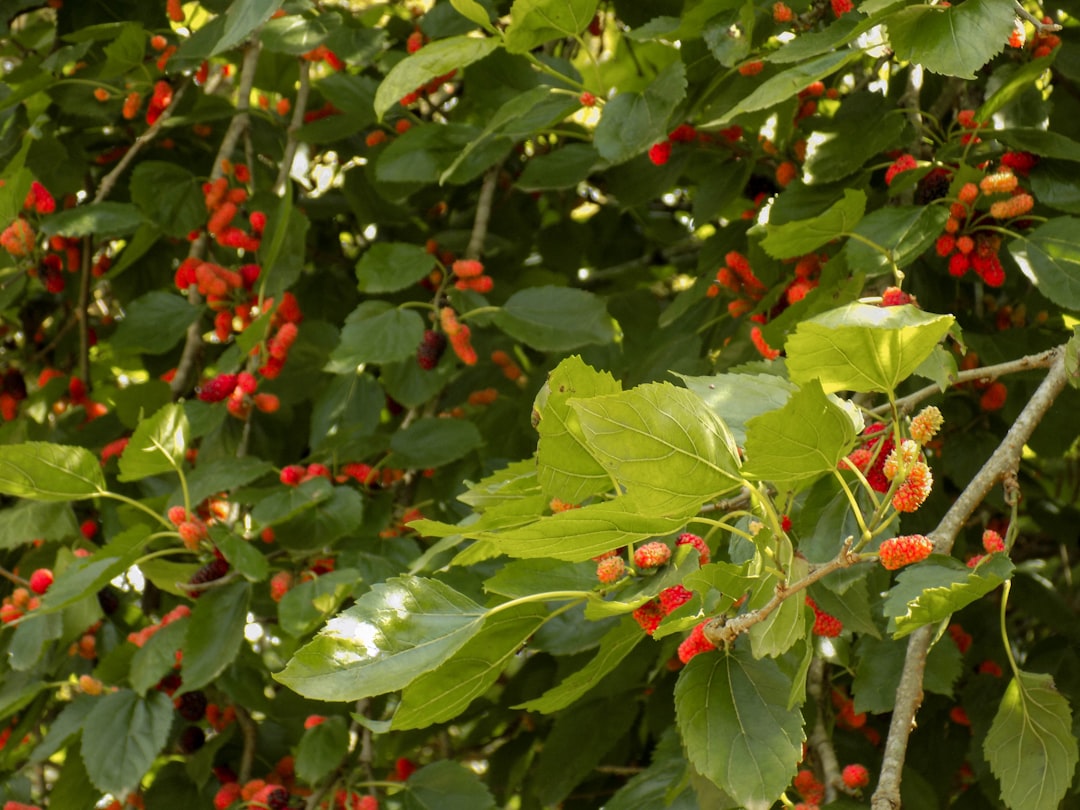What is it about?
The paper discusses a study that generated transcriptomes from rice under mono- and co-culture with barnyardgrass at two-time points to identify the candidate genes controlling allelopathic interactions between rice and barnyardgrass. A total of 5,684 differentially expressed genes (DEGs) were detected, amongst which 388 genes were transcription factors. These DEGs include genes associated with momilactone and phenolic acid biosynthesis, which play critical roles in allelopathy,.
Featured Image

Photo by Andhika Y. Wiguna on Unsplash
Why is it important?
This study provides valuable insights into the molecular mechanisms of allelopathy between rice and barnyardgrass. Barnyardgrass (Echinochloa crus-galli) is one of the most damaging weeds in rice fields worldwide 1. Allelopathy has been considered a possible application for weed management, so understanding its molecular mechanisms is important for rice production. The study generated transcriptomes from rice under mono- and co-culture with barnyardgrass at two-time points to identify the candidate genes controlling allelopathic interactions between rice and barnyardgrass. The results offer an important basis for identifying candidate genes responsible for rice and barnyardgrass interactions and contribute valuable resources for revealing its molecular mechanisms
Perspectives
Further research into the molecular mechanisms of allelopathy between rice and barnyardgrass and the development of new weed management strategies needed. Additionally, the identification of candidate genes responsible for rice and barnyardgrass interactions could lead to further research into their function and potential applications in agriculture.
Dr. Md. Alamin
Southern University of Science and Technology
Read the Original
This page is a summary of: Transcriptomic profiling reveals candidate allelopathic genes in rice responsible for interactions with barnyardgrass, Frontiers in Plant Science, February 2023, Frontiers,
DOI: 10.3389/fpls.2023.1104951.
You can read the full text:
Resources
Contributors
The following have contributed to this page










